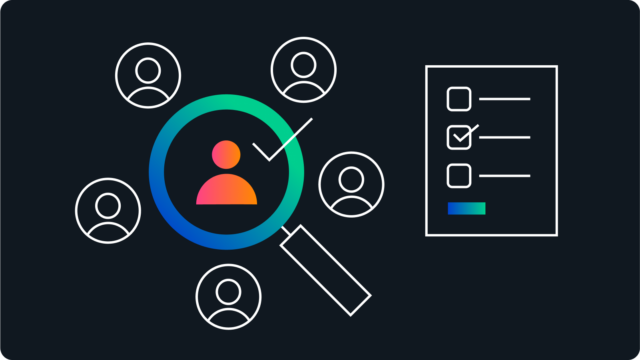How to define and develop a customer experience strategy
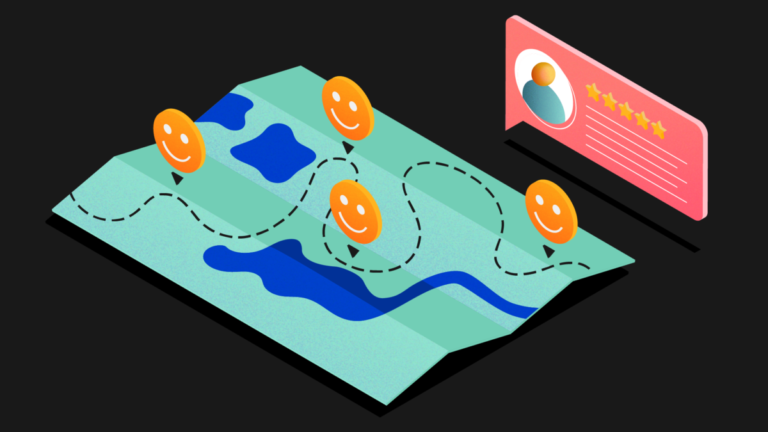
Let’s get the million dollar question out of the way: What is customer experience?
Customer experience (CX) is the emotional outcome of all interactions a customer has with your business. It encompasses how they feel throughout the entire customer journey (including both pre and post-sales).
Here’s an example: An app user can’t figure out how to use a new feature. So they phone customer service. The customer service representative (CSR) walks the customer through the feature, effectively solving the customer’s problem. Was this a good customer experience?
Maybe? But maybe not. We don’t have enough information.
Was the customer on hold for an hour before they actually spoke to a CSR? Was the CSR friendly and patient or cold and brusque? Had the customer already spent time sifting through online help docs only to find no mention of their issue anywhere? Did they write a Google review? Were they actually satisfied with the service?
So often in business, we can’t answer these questions because we don’t set specific CX goals, and we don’t have the systems in place to collect, track, and analyze customer experience data. Without that information, it’s impossible to get a pulse on the positive or negative experiences customers are having with your business. Which is unfortunate, given that we know customers will tell approximately nine people about a positive experience with a brand, but they’ll tell 16 people about a negative experience.
Don’t settle for this. It’s 100% possible for your business to assess where you’re at and then take small, continuous steps to improve your customer experience delivery. To do this, you first have to check your mindset. Are you customer obsessed? You should be. Your customers literally make or break your business! So every aspect of your business should contribute to their happiness.
Once you’ve truly internalized that, you’re ready to create a customer experience strategy.
Let’s define customer experience strategy
Customer experience is like soccer. Each player on your team has a different role or responsibility, but they all have the same mission – win. Winning or losing the game is the outcome of the plays that happen between the first and last whistle. And for a team serious about winning, those plays are all part of a predetermined strategy.
In CX terms, each player is a different department or customer touchpoint. Winning means your business is attracting, satisfying, and retaining customers (losing, obviously, means you’re not). And your game plan, the thing that sets you up for a win, is customer experience strategy. Your strategy is a detailed, step-by-step plan that outlines:
- Goals for customer experience (including specific metrics)
- Expectations for all customer interactions and service across the company
- Tools and processes needed to collect customer experience related data
- The frequency that processes and data will be reviewed and revised
Thoughtfully crafted, well-executed CX strategies provide critical insight into how your customers feel about your product, services, and interactions with your company. Strategy empowers you to deliver a customer experience that moves people to write raving Google reviews and tell all their friends how awesome your business is.
Sounds pretty great right? But wait, there’s more. A whopping 84% of companies report that their revenue increased after they improved customer experience. You should now be officially convinced that it’s in your business’ best interests to create and implement a customer experience strategy.
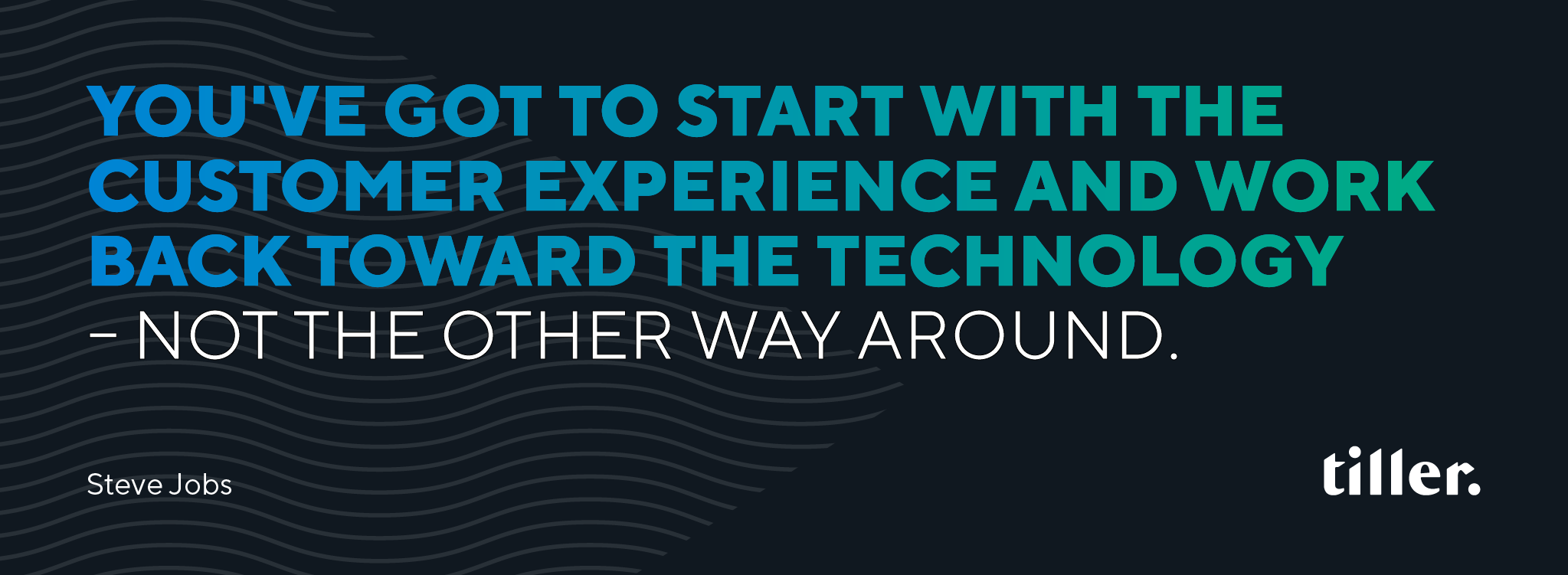
Customer experience vs customer service: The difference explained
Customer experience is often confused with customer service. While very interconnected, they are unique entities that need to be treated differently.
Customer service is a direct interaction between a business and a customer. It can happen pre-sale (like when a customer asks questions about a product before deciding to buy) but most often occurs after a transaction is complete. A customer has a question about the product or service and engages with someone on your team to resolve it.
Customer service contributes to the overall customer experience. If a customer receives poor service from your company, they’re likely to feel disappointed or frustrated with the overall experience. On the flip side, if customer service meets or exceeds the customer’s expectations, they might feel pleased and excited to continue doing business with you.
The customer experience is also what drives people to tell others about a company. The service was just the medium for the experience. In fact, statistics show that if a company has a good reputation for customer service, consumers are willing to pay up to 17% more for that product or service.
Another good differentiator is reactionary vs. proactive. Customer service is reactionary – it’s driven by a need from a customer. Customer experience is proactive – it’s driven by the company’s desire to deliver a great experience. In some cases, excellent customer experience can actually reduce the need for customer service.
For example, a SaaS company can deliver great customer experience with less customer service by performing rigorous product quality assurance testing. Fewer product glitches reduce the risk of dissatisfied customers requiring customer service.
This concept applies to web experiences too. A website with a high-quality user interface and user experience design (UI/UX) – one that’s intuitive, easy to navigate, has clear messaging, and provides helpful FAQs, tutorials, help docs, etc. – equips customers to resolve issues on their own time, without any interaction from your company.
So while good customer service plays a key role in customer experience, sometimes the best experiences occur without any customer service at all.
Customer experience statistics to know in 2020
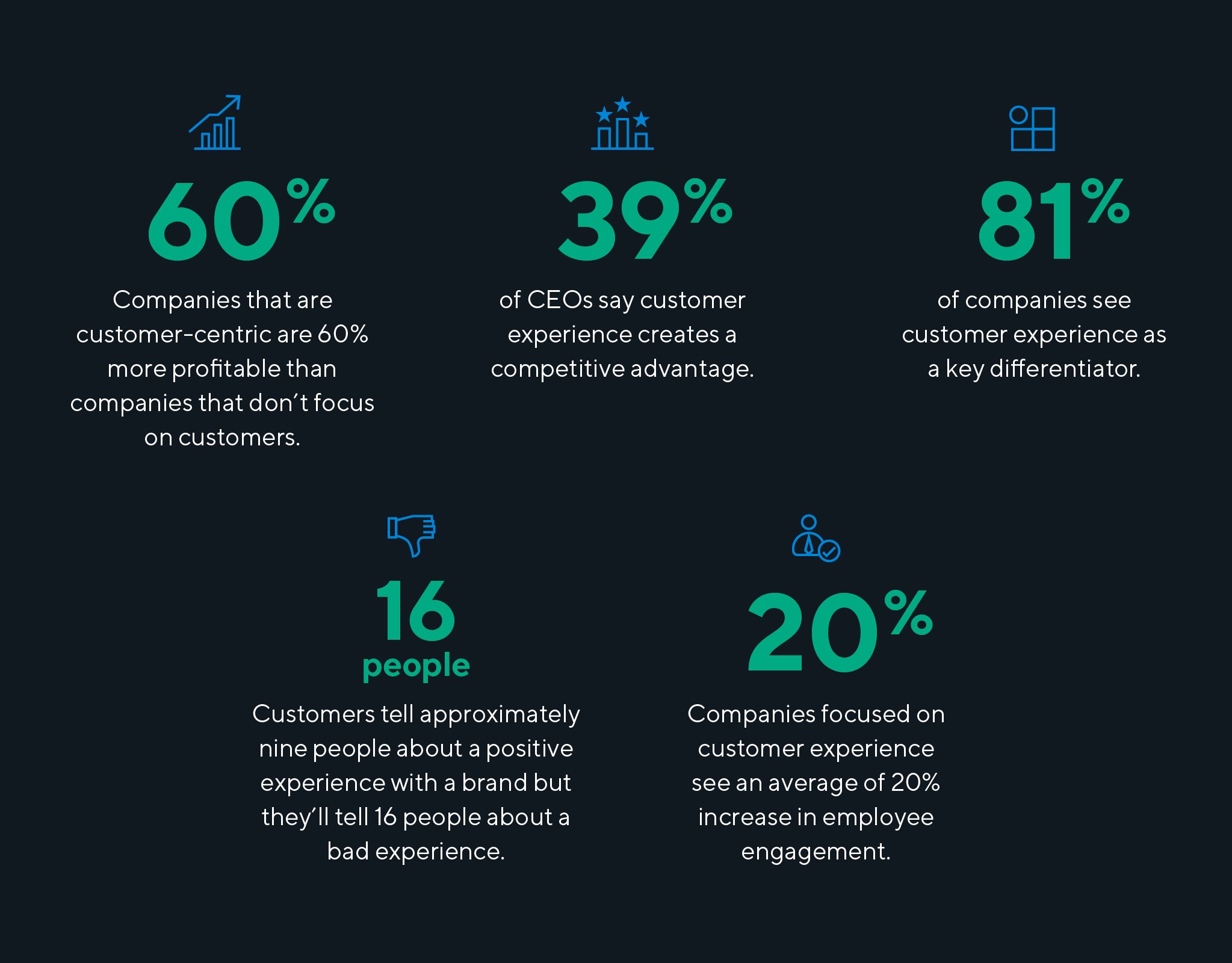
- Companies that are customer-centric are 60% more profitable than companies that don’t focus on customers.
- 39% of CEOs say customer experience creates a competitive advantage
- 81% of companies see customer experience as a key differentiator
- Customers tell approximately nine people about a positive experience with a brand but they’ll tell 16 people about a bad experience
- Companies focused on customer experience see an average of 20% increase in employee engagement
What are customer experience best practices?
A book that has inspired Tiller’s perspective on customer experience is, “Excellence Wins”, by Horst Schulze. This excerpt helps lay the foundation for customer experience best practices:
No matter what field you’re in, I can guarantee that the people you serve want three main things.
-
- They want a product or service or other output with no defects – get what they are expecting to get, no issues, no disappointments, no gaps in service.
- They want timeliness – they don’t want to wait for anything; they want to know you value their time.
- They want the person with whom they’re dealing to be nice to them – they want to be cared for and felt valued.
With that in mind, here are six specific approaches to customer experience that we consider best practices. Think of these like coaching tips – they aren’t specific plays, but they help you play the game well.
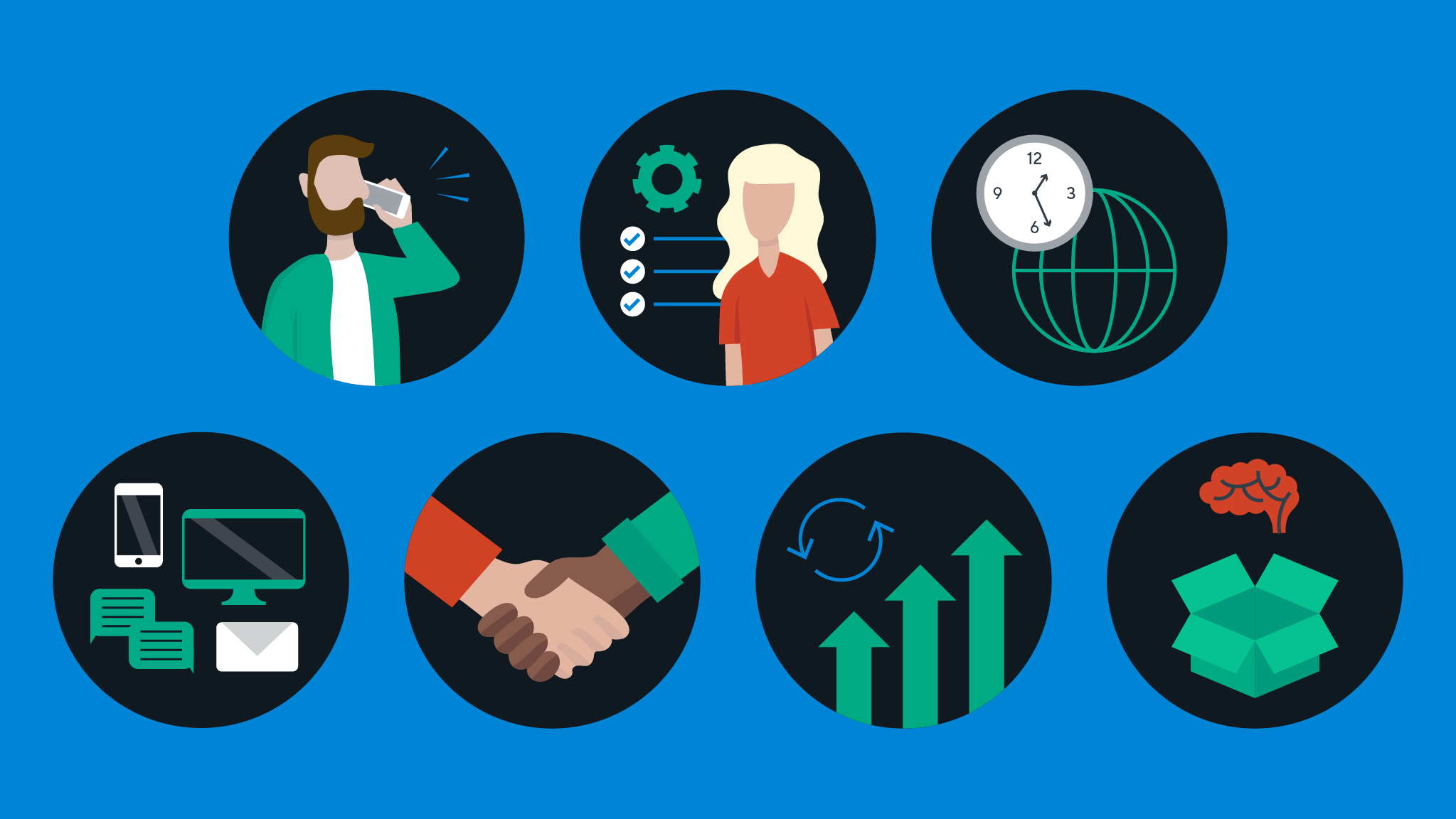
1. Make interactions simple and convenient
It should be easy for your customers to do business with you – easy to find your website, learn about your product or service, buy from you, contact you, etc. Make sure every customer touchpoint is designed to minimize the time and effort required from your customers. Here are a few quick customer experience wins you can implement right on your website:
- Integrate Calendly to allow customers to book a demo directly into your calendar rather than waiting for a callback.
- Include an FAQ for quick reference for common questions/problems.
- Make messaging clear and concise – we all scan content. It should be easy to find key information at a glance.
- Provide customers with multiple avenues to get in contact with your business – email, phone, text, video call, whatever they prefer.
2. Personalize experiences as much as possible
80% of customers prefer personalized experiences that show that you care about your customer, not just getting their business. There are many ways to do this, and some require very little effort or change in processes.
- Create a custom email template that addresses your customer by name
- Remember (meaning write down) personal information learned about a prospect during the sales process, then do something with that intel (e.g. ask about their kids, send a birthday card, congratulate on a company milestone, etc.)
- Curate content (like blog articles) to your customer’s preferences
3. Respond to customers on their clock, not yours
Your customer shouldn’t have to suffer because you have a mile-long to-do list. When you respond to your customer quickly, it makes them feel valued. Waiting – especially with no communication of when they can expect to hear from you – breeds irritation. Fast.
The book, “Superfans”, by Pat Flynn is a gold mine of information about treating customers well and turning them into loyal fans. Flynn had this to say about customer response times:
Don’t leave anyone hanging. Follow up with everybody, especially when it’s their first interaction with your brand. That first extended handshake from a person who is coming across you for the first time can be nothing short of a do-or-die moment for you in terms of whether they’re going to walk away with a bitter taste in their mouth and the urge to say unflattering things about you whenever they get the opportunity.
Customer expectations are growing. Research now shows that 80% of customers expect you to reply to their email within 24 hours. This is down from 48 hours just a few years ago. But even if you’re nailing that one-day turnaround, you might just lose a prospect to the competitor that replies within an hour. The time that passes without a response is time for a customer to take their business elsewhere.
4. Stay flexible with your communication channels
Are you a phone person or an email person? Video on or video off on Zoom? We all have different comfort zones and communication preferences, your customers included. And while customers could be willing to send you an email – what they might really want is to talk to someone via video or face to face.
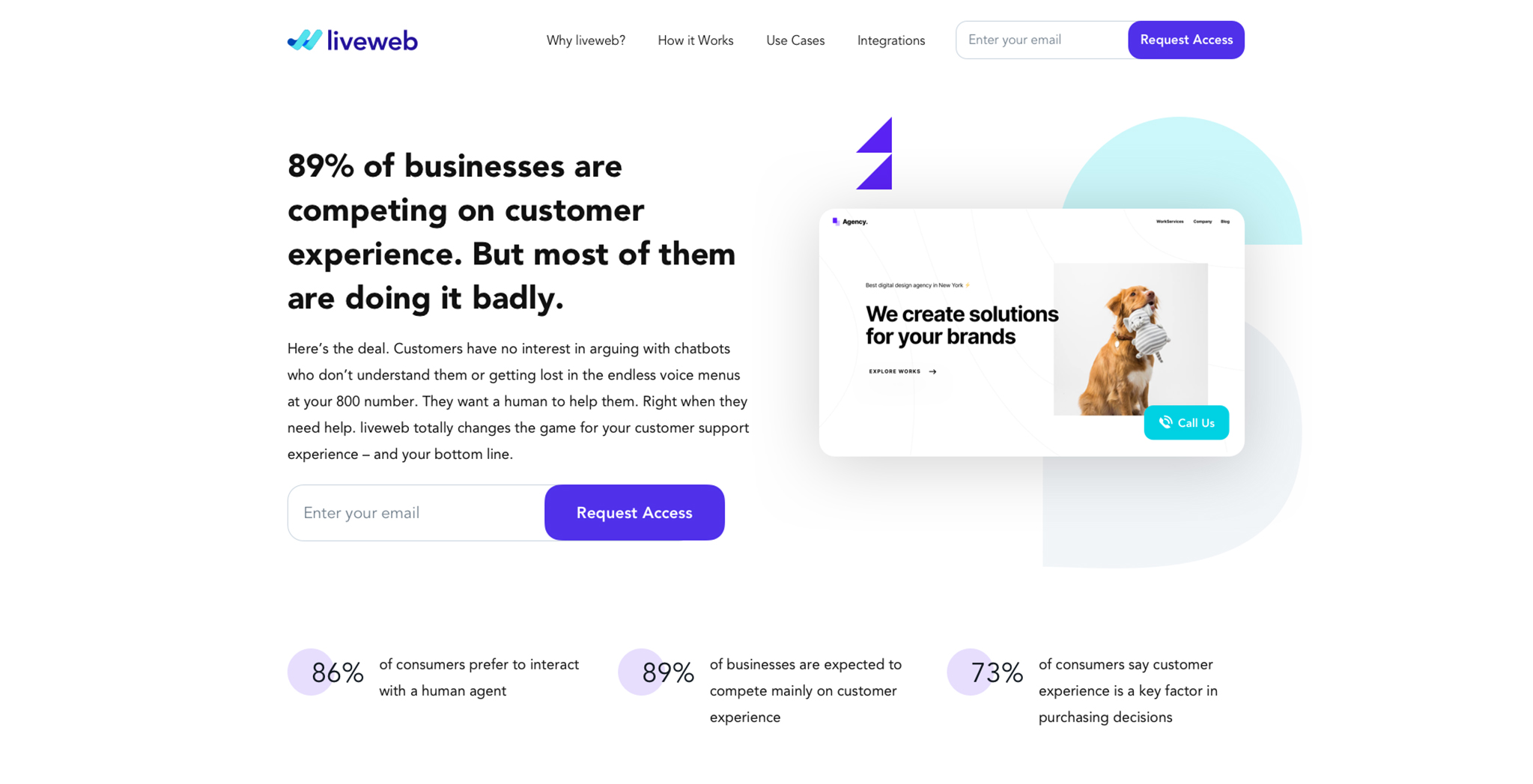
A new competitor is emerging in the customer experience industry. liveweb offers B2B SaaS companies a unique way to connect with customers – live voice and video calls, document and screen sharing, live messaging, and chat, all built directly into a business’ website. It puts the customer in the driver seat and lets them choose how they want to interact with your business. This customer-centric approach to support might just be the golden ticket into the B2B SaaS market.
5. Be human
How often have you started a conversation with a chatbot, only to receive auto responses that don’t even remotely address your questions?
Gallup reports that companies that create an emotional connection with customers see 85% more sales growth than competitors. And in the current socially-distanced world, people are craving human connections more than ever.
You can create emotional experiences for your customers in a variety of ways:
- Write website copy that tells a story about your business – how you identify with and understand the customer’s pain and your dedication to addressing it.
- Offer human communications wherever possible (in-person meetings, video introductions to business contacts, etc.)
- Treat customers like humans. Empathize with their concerns and problems. Most customers just want to be heard and understood.
6. Never stop improving customer experience
Even if your business is killing it on CX (reminder – you have to actually ask your customers to know if this is true), there is always room to improve. Customer expectations and customer experience trends change year-to-year. It’s the companies that adapt and refine their customer experience strategies that are going to come out on top.
Don’t wait for your customer satisfaction scores to drop or customer attrition to increase before you seek new ways to deliver epic customer experience. Be proactive and get after it. Don’t be afraid to ask your customers for feedback. Microsoft tells us that 77% of consumers actually appreciate and are impressed by companies that gather and apply customer feedback.
The potential benefit to your business is significant. Just a 5% increase in customer retention can improve revenue by at least 25%. That’s huge!
7. Think outside the box
When it comes to customer experience, there really is no limit to what you can do. No rulebook, no parameters you have to stay within. If customer experience is really about wowing customers and delivering a remarkable experience they won’t get anywhere else, then businesses have to get creative.
Tiller was privileged to have one of these experiences when we moved into our new, custom designed office. We worked with Calgary-based company Rockwood Custom Commercial for over two years as they brought Tiller’s dream office to life. We could go on and on about the quality of Rockwood’s work and the epic office we now work in, but there was one specific experience that needs to be shared – the office handover.
This would have been an exciting day for anyone, but Rockwood went above and beyond to make it one of the most memorable days we’ve had as a business. Having been “kicked out” of the new office for the last three months of the project, we were dying to see it.
Rockwood handovers are parties. We were greeted by the project team, eager to tour us through Tiller’s new playground. There were charcuterie boards, flowers, personalized gifts, and even surprise additions to the office decor, created specifically for Tiller. It was emotional and magical. A day we’ll never forget.
Did they have to put so much effort into that handover party? No. Many builders would probably send a bottle of wine and a congratulations card. But that day solidified that there was no better company Tiller could have worked with.
A step-by-step guide to creating a killer customer experience strategy
Okay, now that we’ve explained a few customer experience best practices, let’s get a bit more granular with some specific elements of an effective customer experience strategy.
1. Evaluate the health of your customer experience
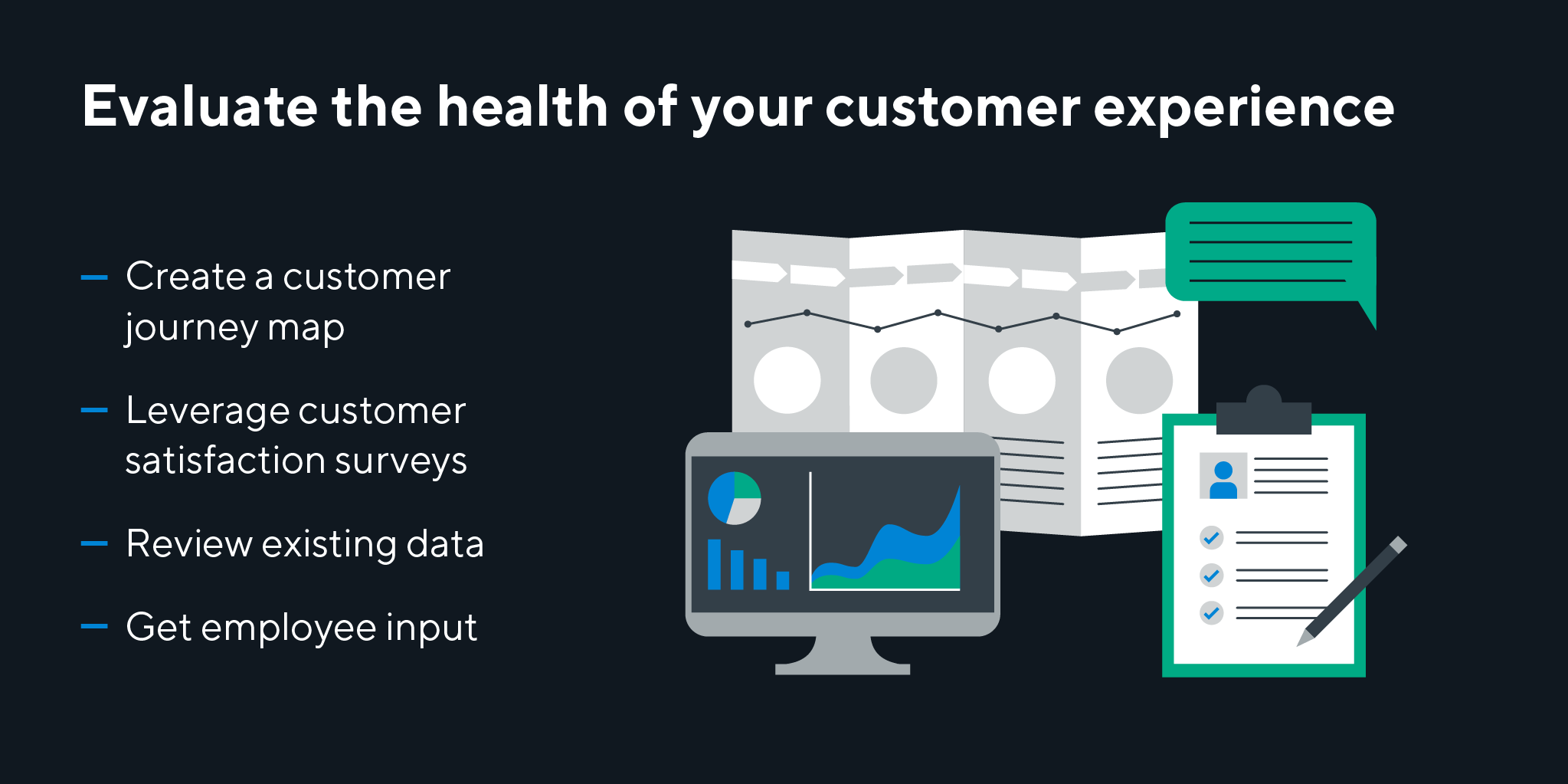 You can’t chart a course until you know your starting point. Review the current state of customer experience within your company. What’s working? What isn’t? Here are a few methods to consider to answer those questions:
You can’t chart a course until you know your starting point. Review the current state of customer experience within your company. What’s working? What isn’t? Here are a few methods to consider to answer those questions:
- Create a customer journey map – When and where does a customer actually interact with your business? All of these touchpoints contribute to either a positive or negative customer experience.
- Leverage customer satisfaction surveys – Ask for feedback from your customers, but break the survey down by customer journey to invite feedback on pre-sale, product quality, customer service, customer experience, etc.
- Review existing data – Evaluate customer churn and retention rates to establish a benchmark. All new data will be plotted against this.
- Get employee input – Every department will likely have a different perspective on what’s working for customers and what isn’t. Involving employees from the beginning helps with buy-in at later stages, when change might be difficult.
2. Understand, then define the wants and needs of your customer
You can’t give customers what they want until you know them and their wants and needs. Put yourself in their shoes and try to identify possible pain points in their interactions with your business.
Audience personas (detailed descriptions of your target audiences) are incredibly helpful for this, but they aren’t perfect. Be careful not to make assumptions about your customers. People are wildly unique and may not act exactly as we expect. Anticipate wants and needs as best you can, but be ready to adapt when they surprise you.
You can learn more about what an audience persona is and how to create one in our 15 step brand development strategy.
3. Define the change that’s needed
Once you’ve identified the gaps in your customer experience, create a vision for change. Answering these questions will help with creating a customer experience strategy:
- What do you want your customers to experience with your business?
- What needs to change for that to happen?
- How will you quantify and measure whether a change is successful?
- Who needs to get involved to make this happen?
4. Identify new tools to assist (e.g. apps, tech)
There is a SaaS tool or platform for everything now. Ask other businesses what they’ve got in their tech stack and how it’s helped them. Try a number of different demos to see what fits best into your business model. To get you started, here are just a few customer experience SaaS products we love:
- Client Heartbeat – customer satisfaction surveys and business dashboard
- liveweb – website-based customer support tool
- Front – customer communication platform
5. Create a concrete framework for change
When it comes to customer experience there is no such thing as too much detail. Provide clear direction for your team – the sales team will do X, customer service will do Y, and so on.
Beyond direction, be transparent about your goals and what’s needed to get there. Make sure everyone in your organization understands the expectations, how the efforts will be measured, and how you will know if you’ve been successful.
6. Review metrics regularly
Establish a routine of meeting and reviewing relevant metrics and be prepared to pivot your strategy in areas that aren’t getting results. Consider meeting more frequently during the early stages of implementation to create accountability and momentum towards your goals. We suggest reviewing:
- Customer feedback and satisfaction scores
- Employee feedback/suggestions for improvement
- Net promoter score (a measure of who would recommend your company to someone else)
- Relevant changes to financials and customer acquisition and retention rates
- Employee performance and individual contribution to customer experience
Getting crystal clear on metrics enables you to celebrate company wins and reward individuals and departments that go above and beyond to deliver exceptional customer experiences. This positive reinforcement can do wonders for both job satisfaction and your team’s motivation to continue improving customer experience.
Customer experience can take your business to the next level
It can be daunting to consider creating another strategy. Especially for a goal that will never really be checked off the list. But consider the risk of de-prioritizing customer experience:
- Fewer sales
- Dissatisfied customers
- Poor reviews/references
- Increased customer attrition
- Lower revenue
The time you spend creating a customer experience strategy will not be wasted. Instead, you can expect to see your metrics improve and your business win more in the market.
One more thing. Your website is a great place to start improving customer experience. Upgrade your design and copy to make it easier for prospects to understand your offering. Integrate Calendly to make booking a demo a breeze. These are simple but effective customer experience wins.
Need some help with this? Give us a call. We’d love to help you elevate your customer experience. And if you take nothing else from this article: Be customer obsessed. Your business depends on it.
For further reading on customer experience, check out a few of our favourites:
- Excellence Wins by Horst Schulze
- Never Lose a Customer Again by Joey Coleman
- Superfans by Pat Flynn

